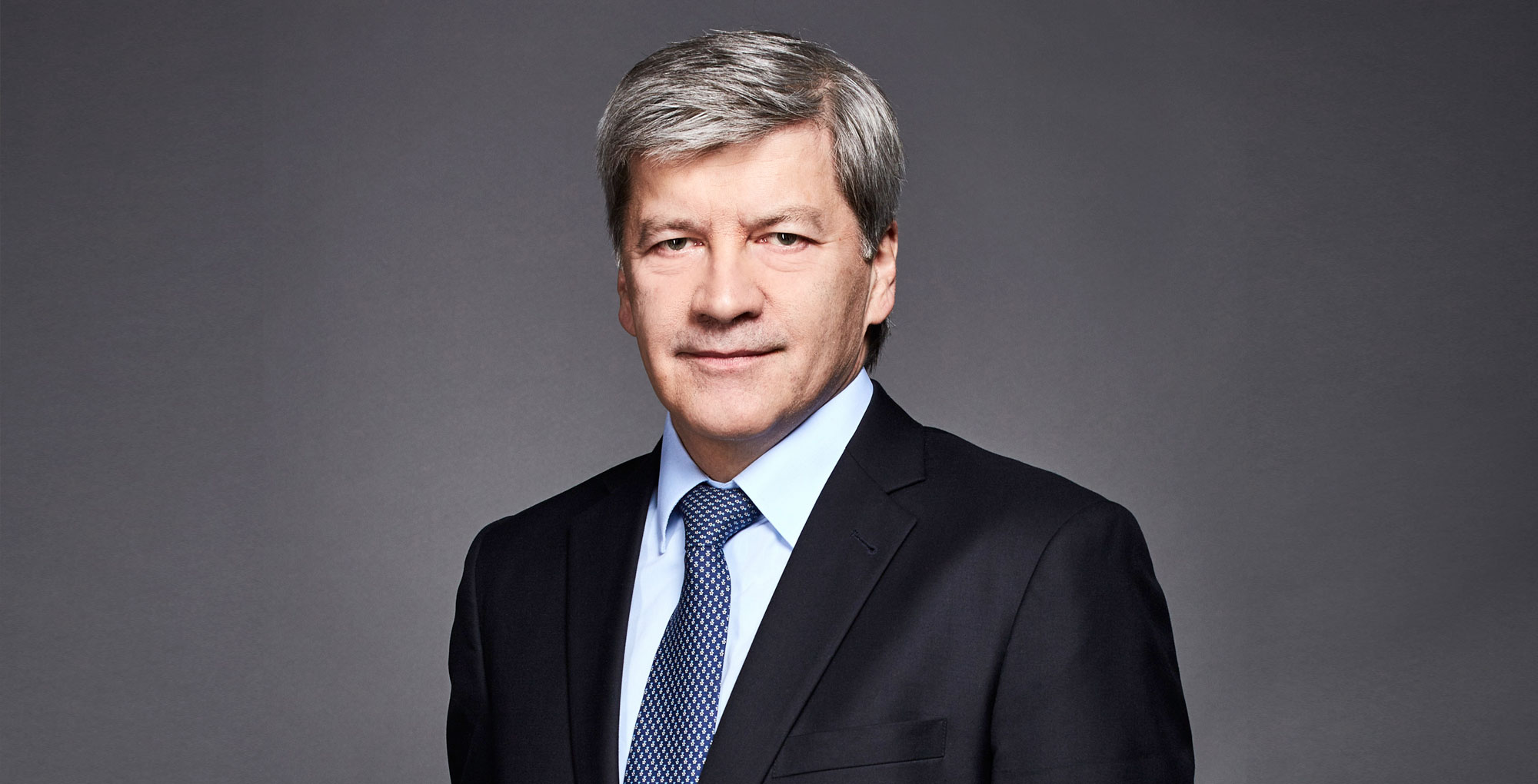
05 Feb The Austrian banking gateway to Central Eastern Europe
Johann Strobl, CEO of Raiffeisen Bank International, one of Austria’s leading financial institutions, sheds light on the country’s vital role as a Central Eastern European (CEE) partner of choice for banking services
Could you provide an overview of the financial sector in Austria?
Austria is quite small and so, after the fall of the Iron Curtain in the ’90s, some Austrian banks took the opportunity to develop business in CEE. Three banks started working there on a large scale and two on a smaller scale. The big three were Erste, UniCredit Bank Austria and Raiffeisen—and we have all developed successful CEE businesses. Since the global financial crisis in 2008, we have seen a phase of consolidation that has gone reasonably well. The Austrian banking system now has a sound capital position, it has reasonable leverage and its earnings capacity is excellent. Austrian banks have optimized their businesses in CEE countries as well as in Austria—and they have been incredibly busy over the past 10 years, building more efficient and better organizations. Overall, I would say that Austrian banks are performing well now.
What differentiates Raiffeisen Bank International from the competition?
Internationally, we are a mid-sized regional banking group with €140-150 billion in total assets and our primary business is traditional banking. We manage small activities in investment banking but in essence we serve corporate and retail customers. What differentiates us from many others is that our network in CEE is very large.
What are the advantages of seeking financial services in Austria as opposed to, for example, Frankfurt?
Frankfurt is so international that there is little focus on the region that Raif- feisen covers. All the CEE expertise and engagement is in Vienna. Certain banks in Frankfurt have a strong footprint in Poland, for example, but if you want to cover the whole region an Austrian bank would be the partner of choice. Ulti- mately, Vienna has the know-how and experience to understand and navigate the cultural differences across every country in CEE.
Vienna has the know-how and experience to understand and navigate the cultural differences across every country in CEE.
Johann Strobl, CEO, Raiffeisen Bank International
What are your strategies for remaining at the forefront of digitalization?
The majority of our customers want to have the best of both worlds. They want an excellent customer experience on their mobile phone and online, but most of them still want a person-to-person service. For critical financial decisions they want the advice of their relationship manager. Consequently, our strategy is to offer both digital and customer-facing roles to a high level.
How are you harnessing blockchain technology?
We have joined R3, the international blockchain technology consortium, and built up our capacities in blockchain. We find the technology exciting and are now in an exploration phase where we are considering the areas in which it could work best for us. We have a couple of ideas that might work and are cooperating on those with industry partners.
What are the main regulatory problems you face working in the EU?
The stumbling block with EU regulation is that it creates an environment in which complex developments make it challenging to operate. We have dom- inance and guidance from the European regulators and we also have local reg- ulators in every country, which develop their own regulatory approaches—this creates a lot of complexity. Recently, European discussion has revolved around resolution activities and everyone is working on their implementation. But we also operate in countries that are not members of the EU—they may find inspiration in the EU’s regulations but they are not bound by them.
What is your hope for the future of banking in CEE?
A reader who is not familiar with the region might think that it is homogeneous. In reality, the countries within it are entirely different: some have developed very well and others still need time to reach their potential. The hope for the future is that these states can better manage their internal restrictions. If they are politically active enough to remove restrictions—for example, by reforming their legal systems—we could enter another strong growth phase in the region.

